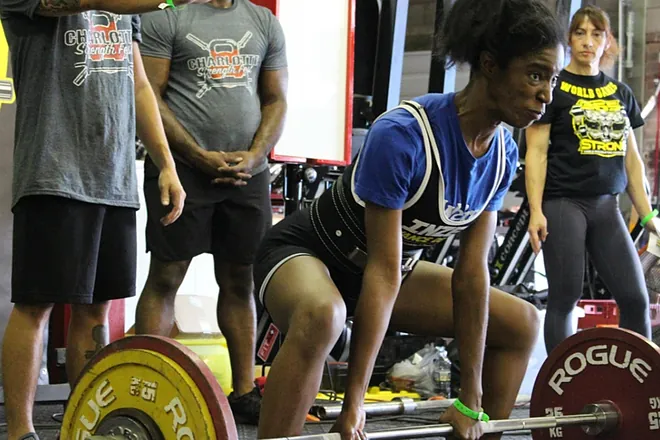Weightlifting belts are no longer reserved for competitive powerlifters—they’ve become a familiar sight in commercial gyms and sports centers worldwide. Whether wrapped around the waist during squats, deadlifts, or overhead presses, these belts aren’t about style. They serve a functional role in enhancing core stability, protecting the spine, and supporting safe lifting under heavy loads.
But why exactly do people use them, and what’s behind their surge in popularity? Let’s break it down.

What Are Weightlifting Belts Used For?
A weightlifting belt is designed to provide extra stability and protection for the lower back during heavy lifts. Here’s how it works:
- Intra-abdominal pressure boost: When lifters brace their core against the belt, it increases pressure inside the abdominal cavity. This creates a natural “cushion” for the spine, helping to keep it safe under stress.
- Lumbar support: The belt reduces strain on the lower back, especially during movements that load the spine, like squats and deadlifts.
- Posture reinforcement: By giving the lifter something to push against, the belt helps maintain a more upright and stable posture, which improves lifting mechanics.
- Confidence and control: Knowing the spine is better supported allows athletes to lift with more assurance and focus.
In short: a belt doesn’t make you stronger by itself, but it helps you use the strength you already have more safely and efficiently.
Why Are Weightlifting Belts Becoming More Common in Gyms?
The surge in belt usage isn’t random—it’s connected to changes in fitness culture, sports trends, and injury prevention awareness.
1. The Rise of Strength Sports
Powerlifting, CrossFit, and Olympic weightlifting have exploded in popularity. In these sports, belts are almost standard equipment, and their visibility has trickled into general gym culture. Recreational lifters imitate what they see on platforms and competitions.
2. The Pursuit of Performance
Many gym-goers want to lift heavier weights. A belt can add anywhere from 5–15% more load capacity by improving bracing, making it an appealing tool for those chasing personal records.
3. Injury Awareness
As awareness of spinal health has grown, belts are seen as a preventive measure. While not a cure-all, they help reduce the risk of lower-back injuries when used correctly.
4. Social Media and Gym Culture
Influencers and elite lifters often showcase belt use online, shaping the perception that serious lifters use belts. This visibility fuels demand among everyday gym enthusiasts.
When Should You Use a Weightlifting Belt?
Belts are not for every exercise or every workout. Experts recommend using them selectively:
- Best for: Heavy compound lifts like squats, deadlifts, and overhead presses, especially above 75–80% of your one-rep max.
- Not needed for: Isolation exercises (bicep curls, leg extensions), machine-based lifts, or light to moderate weights.
They are also helpful during rehabilitation phases, providing support when returning to training after certain injuries.
Risks of Overusing Weightlifting Belts
While belts have clear benefits, misuse can backfire:
- Weakened core engagement: Relying on the belt for stability may reduce natural abdominal and lumbar strength over time.
- False sense of security: Wearing a belt doesn’t replace good form—bad lifting mechanics can still cause injuries.
- Unnecessary use: Strapping on a belt for every exercise, even low-load ones, limits your body’s natural ability to stabilize itself.
That’s why coaches emphasize that a belt should complement your training, not replace fundamental core work.
Expert Advice Before Using a Belt
Specialists agree on a few golden rules:
- Use belts only for heavy lifts that demand extra spinal support.
- Learn proper bracing technique (activating core muscles) before relying on external support.
- Seek guidance from a trained coach to maximize benefits and avoid dependency.
Used correctly, a belt is a valuable tool for building strength safely. Used carelessly, it can stunt long-term progress.
Tool, Not a Crutch
Weightlifting belts are becoming more common in gyms because modern training emphasizes heavy compound lifts, performance gains, and injury prevention. They provide a mechanical advantage by enhancing intra-abdominal pressure and stabilizing the spine.
But the real key to strength lies in your own muscles. A belt is most effective when paired with solid core training and proper technique. Think of it as a seatbelt for your spine—essential in high-risk situations, unnecessary for everyday cruising.
As strength sports continue to shape gym culture, expect to see even more belts strapped tight around lifters’ waists. The real question isn’t whether belts work—it’s whether lifters are using them wisely.






